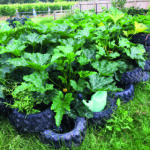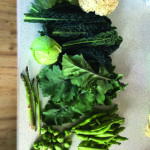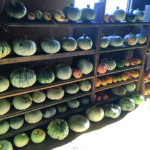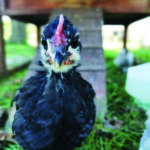The art of prepping: How this Central Otago farm is mastering self-sufficiency
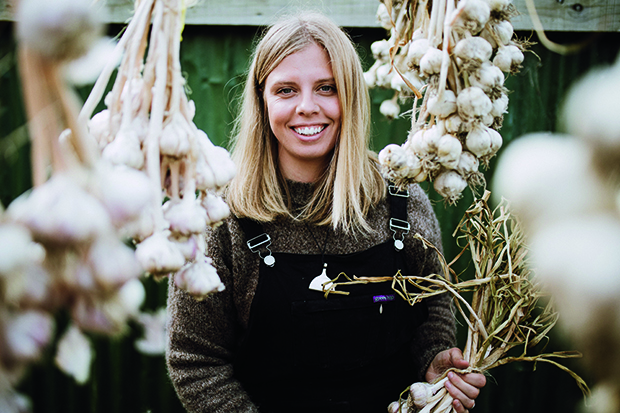
They’re often viewed as extreme fanatics training for social collapse. But in light of recent events, are preppers just practising common sense? Bonnie Flaws investigates.
Words: Bonnie Flaws Lauderburn House photos: Francine Boer
Listen to NZ Lifestyle Block editor Michael Andrew’s chat with Gillian on new permaculture podcast The Pumpkin.
Gillian Swinton knows how to prepare for a long, cold winter. Growing up on the remote Outer Hebrides, an island chain off the northwest coast of Scotland, she’s spent much of her life preparing and storing food to get through times when resources are scarce.
Now living on a small farm in Central Otago with her boyfriend, 30 beehives, 27 chickens, 10 Wiltshire ewes, gardens full of produce and pantries full of preserves, Gillian is gradually perfecting the art of self-sufficiency.
“It’s always been in my genes to make the most of the abundance because the winter is coming,” she says. “We just wanted our own land that we could grow and live off and then the pandemic turned the heat up on that, and we didn’t want to be caught out.
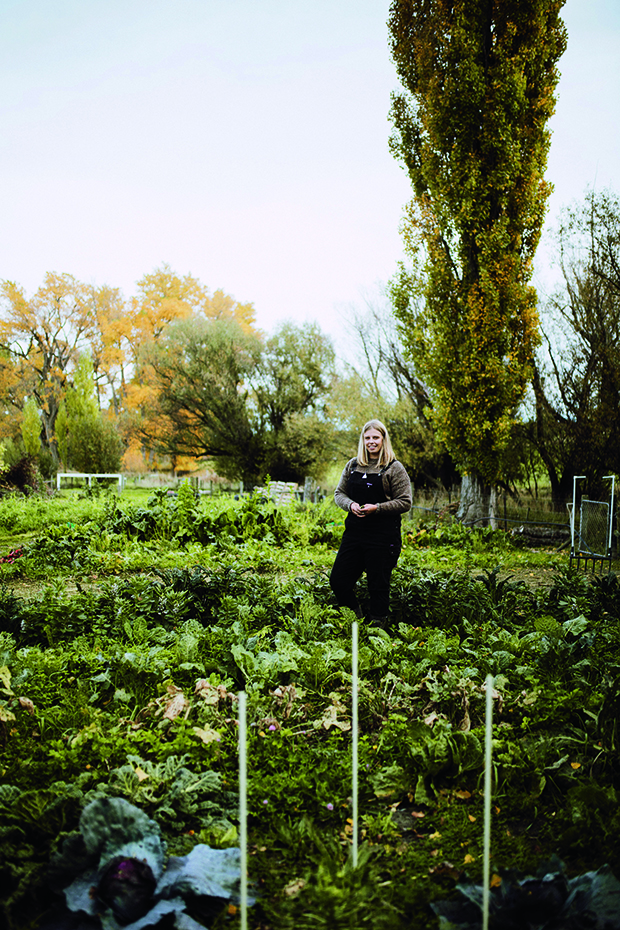
“We’ve always grown our own food and preserved it, but since moving here we have definitely increased that. And now seeing the prices of things in the supermarket, I often find myself thinking, ‘I could probably do that myself’.’”
Up until very recently, lifestyles like Gillian’s would have been considered – at least in mainstream circles – a radical and largely unnecessary form of prepping. A subculture of individuals or groups who prepare to survive a range of emergencies from natural disasters to civil disruption, prepping largely involves producing and stockpiling food and supplies, and learning various survival skills. But rather than being seen as wise people possessed with considerable forethought, preppers have often been treated as paranoid obsessives and the target of jeers and ridicule.
After recent events, some preppers may well be asking “who’s laughing now?”.
THE COVID EFFECT
In my very limited way, I became a prepper after 2020. As a business reporter, I was often writing about the disastrous knock-on effects of COVID-19 restrictions on global supply chains, imports and exports. I was acutely aware that New Zealand no longer produced toilet paper, and that, despite being a food producing nation of some prowess, we were imprudenty dependant on imports for much of our resources.
I knew we grew only small amounts of wheat, mostly for livestock feed, despite having over 250 flour mills once upon a time. New Zealand does not grow staples like rice or coffee, either. What would the nation do if our imports of coffee faltered?
I didn’t like to think about it.
So, in 2021 I began stockpiling cans of food and bags of coffee in earnest. I bought several 20kg sacks of rice, 25kgs of organic white flour, 10kgs of dried lentils, three-litre tins of olive oil. I bought canned and jarred sardines, tuna and mussels for protein, and condensed milk for sweetening. I also stocked up on powdered milk and long-life cream.
I continued gathering supplies into 2023 – even stocking up on bayonet lightbulbs, which were getting harder to find. I was planning for supply chain failure. What I actually got was a flood.
A resident of Napier, I woke up the morning after Cyclone Gabrielle to what I thought was just another day, except that the power was out. My suburb had not been affected by flooding (although it had been in 2020) and we did not yet understand just what had been unfolding, and was still unfolding in many nearby places.
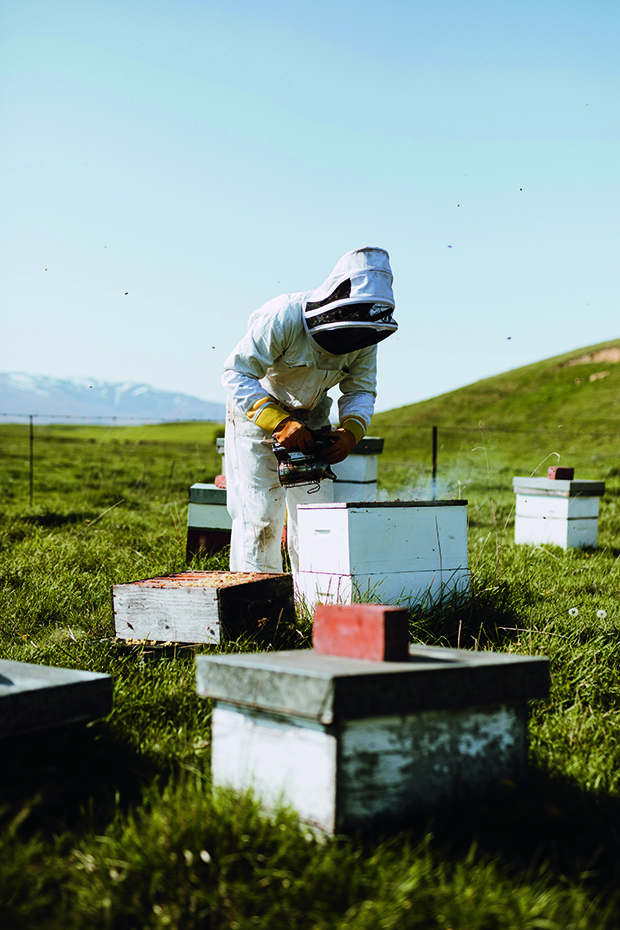
Along with growing food and raising animals, Gillian and Hamish host guests at the farm’s 1920s homestead called Lauderburn House, which they bought in 2021. Because the property sits near the Otago Rail Trail, the couple accommodate a regular turnover of cycling guests who get to enjoy the serene landscape, wood-fired hot tub, and an abundance of honey – courtesy of Hamish’s 30 beehives. Hamish works as a beekeeper and farmer. While the couple don’t keep animals for milking, they are usually kept in good supply of milk through Gillian’s work as a relief milker and calf rearer, and swapping produce with neighbours.
We slowly came to realise the devastation that had been unleashed by huge amounts of rainfall bringing down hundreds of thousands of tonnes of silt and wood debris, and it began to be clear that power would not be returning for some time.
With all the comms knocked out, we had no way of knowing what was going on until I remembered my trusty transistor radio from 20 years ago – this was an absolute godsend and something I cannot recommend highly enough to everyone. Without it we would have been completely lost. Tuning in to talk-back radio proved to be the best information source as people live on the ground called in with status updates and first-hand stories, when even RNZ was just reading out press releases from the council or the power company.
People were charging their phones and devices using their cars (hot tip: make sure you have a car phone charger for emergencies), others were using car radios for information updates.
No, we did not suffer the complete destruction that many of those in Pakowhai, Esk Valley and Dartmoor did, but our candles and matches and food stockpiling meant we had no need to go anywhere near a supermarket for weeks. While this was a relief for us, it also meant we weren’t putting extra pressure on the extremely stretched supermarkets and emergency services. Had it happened in winter, we had several cords of wood ready for making fires too.
I had to take neighbours, who had been caught short on food and petrol, to the supermarket where they waited for hours to get in, only to find very limited options. I also checked up on an elderly friend, taking around flasks of hot water and coffee, and found him well, but about to eat a cold pie from the freezer. I was able to offer him a warm cooked meal thanks to our gas hobs and full pantry.
Compared to what others were going through, we were basically glamping.
A WALL OF WATER
Hawke’s Bay lifestyle block owner Kelly McKendry was one of many people for whom the COVID-19 era had been a trigger for achieving greater self-sufficiency and long-term resilience. “For us, when COVID hit, we were quite scared I suppose,” she says. “Going to the supermarket and there not being food on the shelves. We had a nice house in town, small section, low maintenance but the fact that we couldn’t get anything on the shelves [concerned us].
“I said to my husband, ‘we need to do something about this and have a handle on where our food comes from and have a bit of security’. We set about looking for a place with land where we could grow food.”
Kelly started buying up fruit trees anywhere she could find them, and later when they found a property in the Esk Valley, which was just shy of an acre, they were able to divide it in half and plant up
an orchard with 120 fruit trees and vegetable gardens using apple bins as instant raised beds.
The couple also put in berries and kept chickens for eggs and bees for honey. Kelly became an expert in preserving, freezing, dehydrating and seed propagation.
“We had our place for about three years coming onto four. Each year I just expanded and grew. We were fully self-sufficient for veggies. I grew 300 pumpkins and got right into preserving. I had 58 zucchini plants and made lots of relish. Cupboards and cupboards of preserves.”
Berries were frozen, dehydrated and turned into jam; zucchinis were grated and chopped, dehydrated and turned into gluten-free flour.
Kelly regularly gave produce to family and neighbours or swapped it using the online community Magic Beans, so that nothing went to waste.
“I was very conscious about using things and not letting things go to waste as well. It was just such a beautiful experience to be gifted this period of time – I loved every single moment of it.”
As the years went by they got savvy at not wasting water, and after power lines were brought down in an accident, they purchased an all-important generator. These were ‘prepper’ lessons that the former townies could only learn through personal experience, Kelly says.
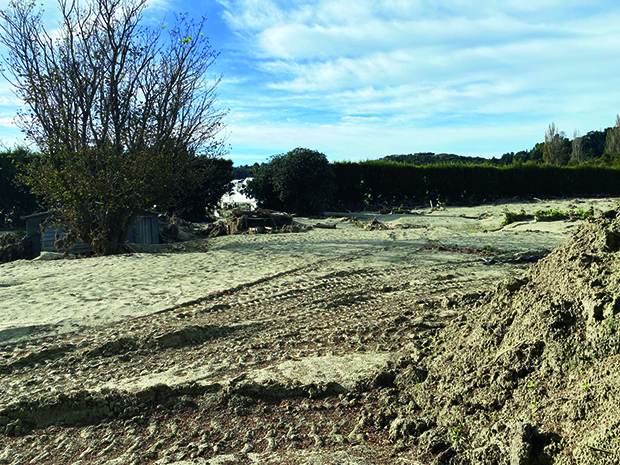
Kelly’s property after the floods.
Sadly, for all her prepping, nothing could have prepared her family for the wall of water that came rushing through the valley on the night of February 13. Kelly, her husband and 14-year-old daughter woke at 2.30 in the morning to calf-high water in their bedrooms. They endured a night of hell, and survived only by climbing onto the roof.
The family lost everything, the house red-stickered and unliveable. The preparations, for all their prudence, were no match for the mecurial destruction nature can bring.
Despite the trauma of the floods, Kelly and her husband are already looking for a new lifestyle block in a less flood-prone area. Kelly’s already started buying up fruit trees again. There was a genuine passion in her voice when she talked about it, and I found myself amazed that the horrible impact of the floods had not robbed her of it.
- Kelly’s gardens before the floods.
- Kelly’s produce before the floods.
- Kelly’s store of pumpkins before the floods.
- One of her chicks.
“The life we had before, there is not a single part of that I would change. And because of that we want to get back to that lifestyle, it was a blessing.”
However, the experience has demanded the addition of a new set of must-haves to her tool kit, she says.
Unsurprisingly for flood survivors, first on their list are lifejackets, followed by a sturdy pair of boots, which will be stored in the ceiling cavity of their new home. Along with that, a waterproof bag of clothes including underwear and thermals, and a pre-programmed cell phone with all her important contacts, kept inside a special lockbox. Then there’s the car; sitting right outside with a full tank of gas.
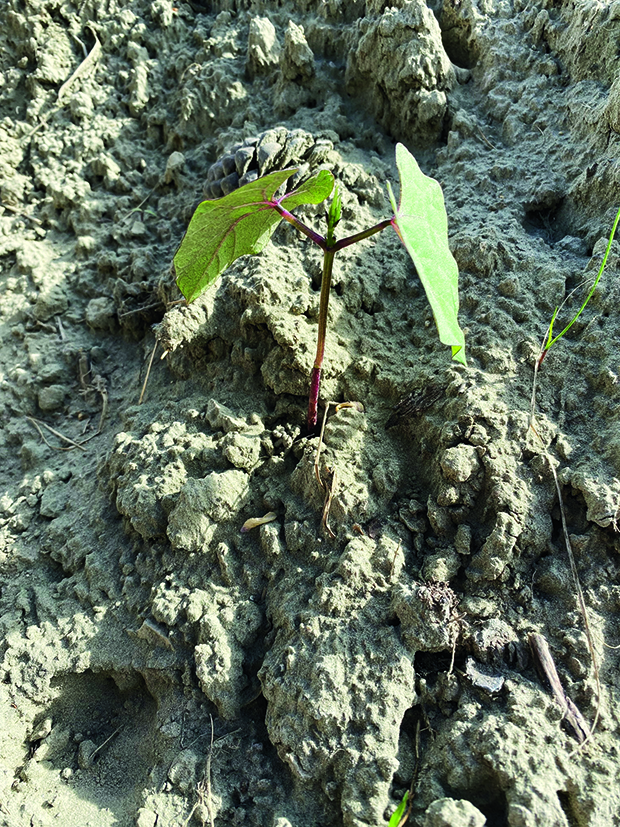
A seedling emerging from beneath the silt.
“It’s security and it needs to be ready to go,” says Kelly.
THE PREPPER ATTITUDE
As for Gillian Swinton down in Otago, the recent extreme weather events and power cuts have only vindicated her choice of lifestyle, which she is honing everyday.
Her big prepper purchase this year was a pressure canner, which means she is now able to preserve meat and vegetables by making them shelf-stable, she says.
“It means that we are not relying on our freezers. We do still have meat in the freezer but it’s spreading the reliance across different platforms and forms of food. We know that if the power goes out for an extended period of time, we have 10 jars of meat on the shelf.”
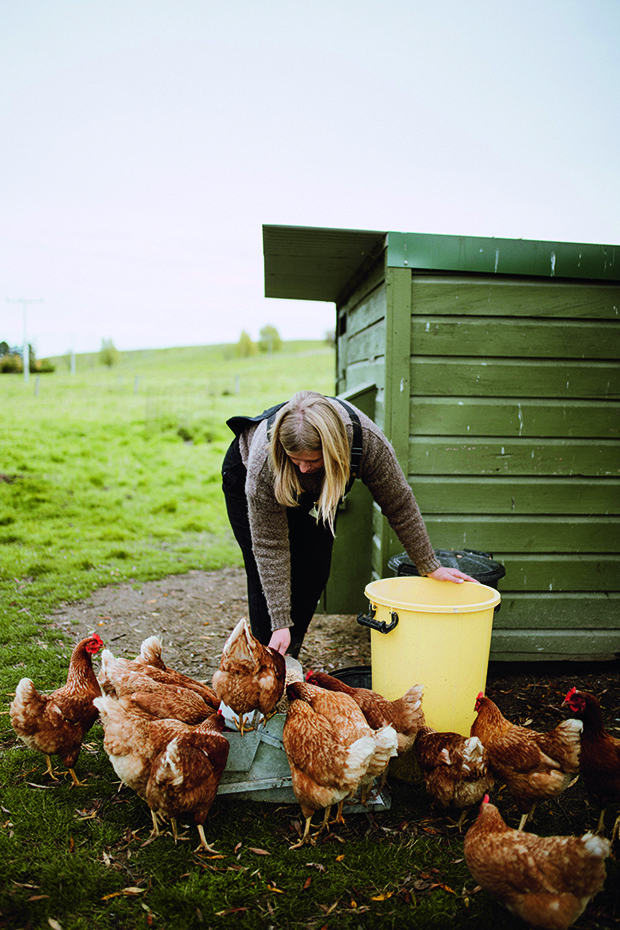
And on their 6.6 acre property in Lauder, between Alexandra and Ranfurly, this is a very practical consideration – the power tends to go out about once a fortnight. Last year’s Christmas dinner was cooked on the BBQ for this very reason.
The pressure canner purchase was done in collaboration with a neighbour down the road, who like Gillian, is an avid preserver. The pair share their bounty and support one another in what could otherwise be an overwhelming series of prepping and day-to-day farm jobs. The camaraderie makes all the difference for Gillian when Hamish is out working long days driving tractors.
As she points out, what they are doing is not just for them, but the wider community. For example, they’ve been able to regularly provide eggs to neighbours who would otherwise miss out due to the nationwide shortage. She also runs a popular Instagram page, where she shares various tips on homesteading, growing, preserving and keeping animals, for those who want to learn more.
While they’ve slaughtered and butchered their stock themselves, their current place isn’t set up for it yet, so the animals are mostly sent to the butcher. Most of their vegetables are grown from seed and propagated either in their conservatory or glass house. They also have two large wood sheds – one completely full and the other on its way, so that heating and their ability to cook is unlikely to ever be compromised.
“I’ve been preserving eggs as well in case the hens go off the lay and then selling the rest. The method I’m using is hydrated lime and water and then add the eggs. It seals all the pores in the shell and stops any air going into the egg, so you’re sealing the egg with lime. I’ve read you can keep them for up to two years. Our eggs from last year are absolutely fine when you crack them open.”
For Gillian, it’s a way of life and the more she does it, the easier it gets. Investing in generators, quake proofing the shelves full of preserves, these things are a commitment to the lifestyle, she says.
They still have to buy bread, milk and butter, whole grains and a few other items at the supermarket, but are largely self-sufficient.
“I haven’t worked out how to grow bananas in the South Island yet,” she laughs.
It’s not all fun and games however, and there are days when she’s stuck preserving a harvest of something seasonal when she’d rather be hiking or having fun – but she knows she will be happy and satisfied come winter.
“I enjoy doing it knowing that we benefit from it.”
GILLIAN’S GUIDE FOR NEXT SEASON’S PREPPING
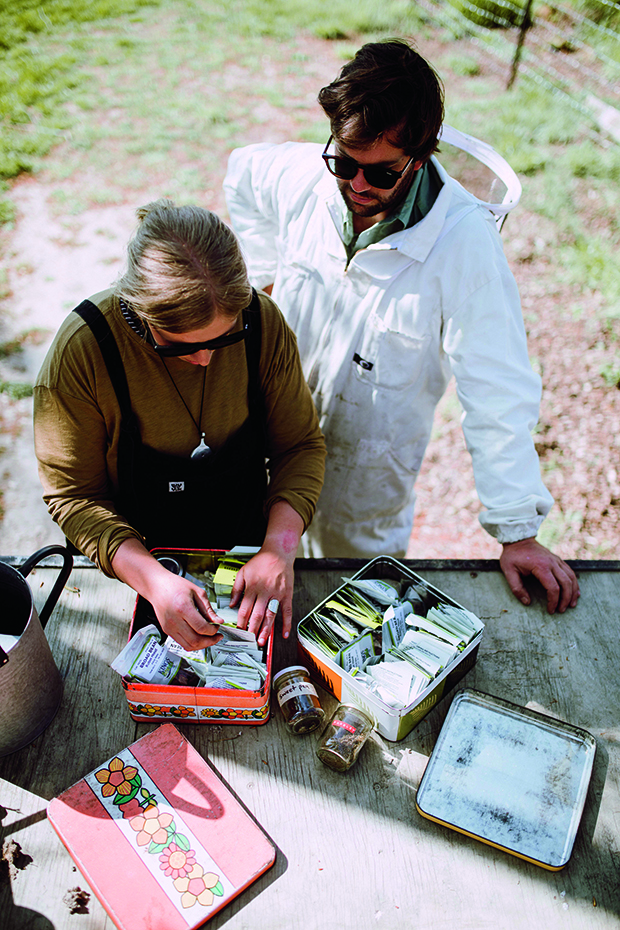
This is a good time of year to take stock of what you have, and Gillian also likes to pay attention to what she’s still buying at the supermarket and plan ahead.
She keeps tabs on items she’s purchased that she has the capacity to grow at home. For example, last year she bought several jars of jalapenos, so this past summer she made sure to plant and pickle her own. She nows has six jars of homegrown jalapenos on her shelf that should keep the couple well-supplied for a while.
Gillian preserved 180 jars of food this year. With next year’s haul likely to be similar, she says she will start to invest in new seals for her jars over the next few months ahead of time. She also noticed many products go out of stock quickly in the summer months when everyone else is also preserving, so shopping out of season can be easier and cheaper.
STORING PUMPKINS
Gillian says pumpkins are an asset for the winter pantry, and after spending all summer growing them, it’s important to ensure they’re stored correctly to make them last as long as possible.
• Cut them with the longest stalk possible.
• Pop them on a pallet so they can have good airflow to cure (hardening of the skin), so turn them a couple of times if you can.
• After a couple of weeks, your pumpkins can go somewhere dry, cool and dark for storage. Gillian likes to move her pumkins into the pantry, but if she has a surplus, she will leave them in the garage with some wool blankets or hessian sacks over them to stop them freezing.
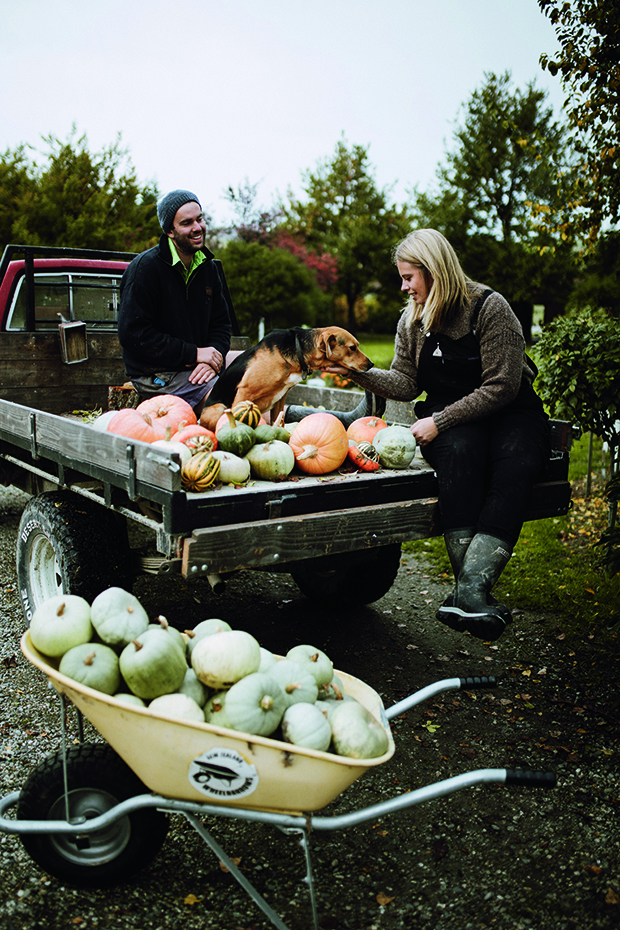
PLANTING GARLIC
Now is a great time to plant garlic, Gillian says. “As prices are rising, popping a few more in the ground gives you security for some seed garlic next autumn.”
Planting one clove provides one whole head of garlic.
Gillian’s top tip is to plant well ahead of the shortest day, and keep well- mulched with all that gorgeous leaf mulch piling up in your garden. She has written a book on growing garlic, which can be purchased on her Instagram: @gillswinton.
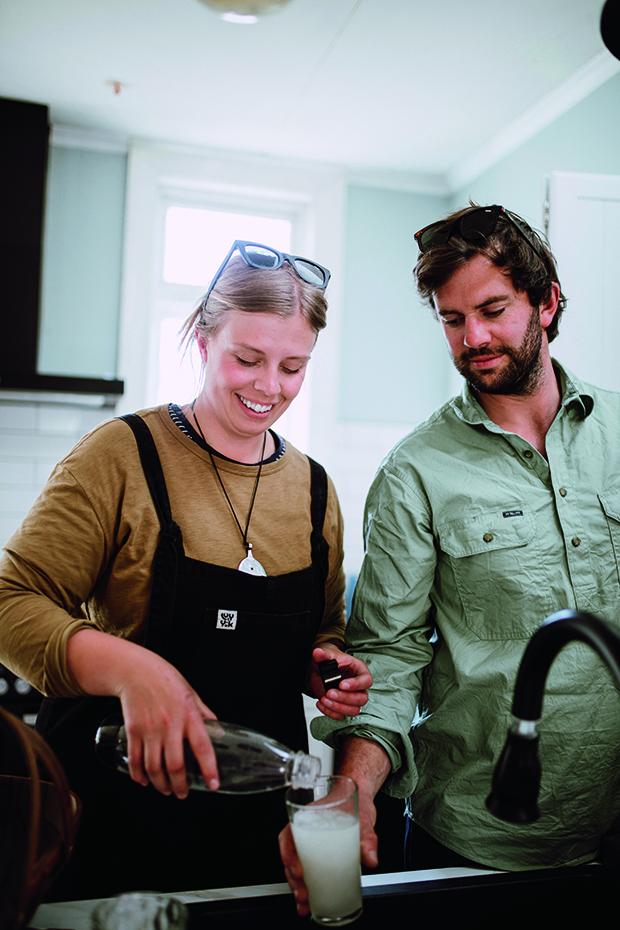
PRESERVING EGGS
Yes, preserving eggs! Despite Gillian having around 30 chickens, It’s important to plan for when they go off the lay.
A few tried and tested means of preserving eggs in Gillian’s house:
Waterglassing – preserving eggs in a lime and water solution. Gillian has eggs over a year old in her pantry that she regularly use for baking (and breakfast emergencies!)
Freezing – simply crack into a silicone muffin tin and then freeze-flow them into a bag. Gillian has found these eggs to be fine for scrambling and baking.
Pickling – they definitely don’t last as long but an easy method that often people forget. Boil and peel your eggs and add to a sterilised jar with a hot pickle brine. Keep in the fridge and they should be great to eat after a week. Try with some beets for a pink egg!
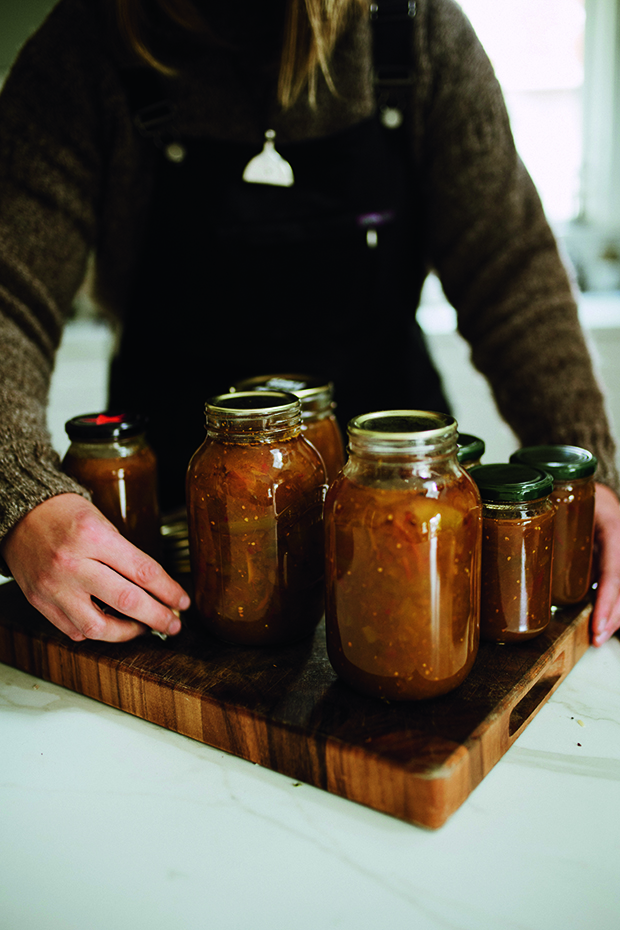
INDIVIDUAL VS COMMUNITY
It’s common practice in the prepping community for individuals to keep their preparations and supplies a secret. Indeed, the unofficial first rule of prepping is “do not talk about prepping.” This is because many preppers fear that in the event of social breakdown, their food, water, medical supplies and fuel will be quickly depleted by the many people who did not prepare.
However, there is a growing group of preppers who feel that preparing as part of a community is a far more effective way to survive any disruptions than prepping discreetly as an individual.
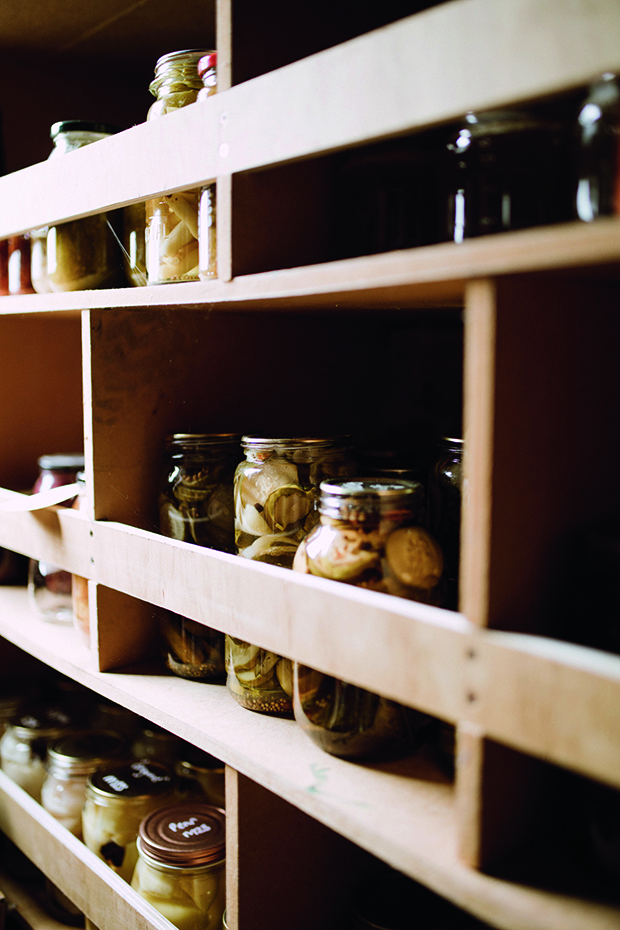
By working with your neighbours and community, learning skills and strategies as a collective, and encouraging each household to have extra food and emergency supplies on hand, you can increase your chances of living in relative comfort in the event of a natural disaster. If Cyclone Gabrielle has taught us anything, it’s that communities are far stronger when they band together.
WHAT TO PUT IN YOUR ‘GO BAG’
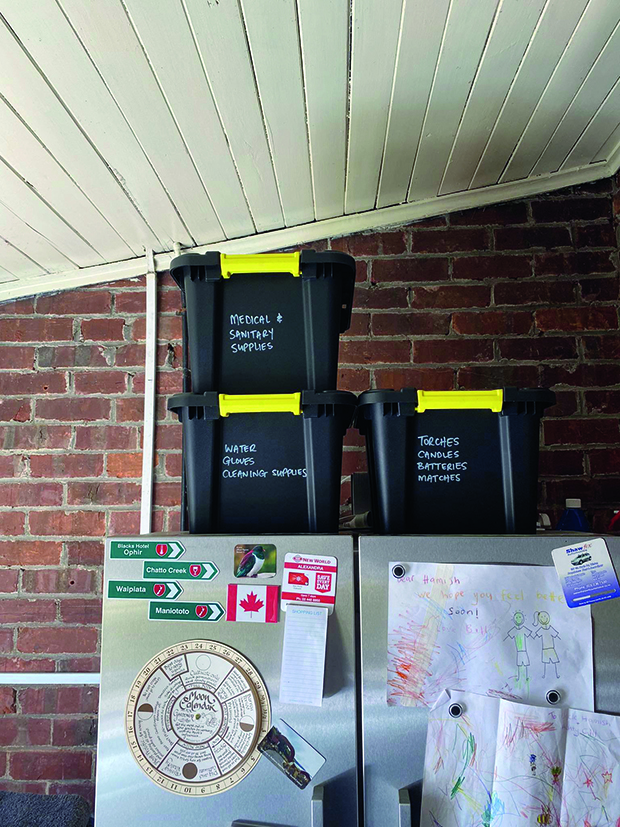
Gillian’s essential supplies are stored in water-tight plastic containers for easy access in an emergency.
• Torch, preferably head-mounted
• Batteries/battery pack
• Burner phone with programmed emergency numbers and contacts
• Hard boiled sweets/food for 72 hours/emergency food bars
• Knife (switchblade), swiss army knife or multi-tool
• Survival blanket/poncho
• Lighter/matches
• Water/water purification tablets
• Swiss army knife or multi-tool
• Quality first aid kit
• Transistor radio/windup
• List of emergency contacts and meeting places and a local map
• Credit cards and cash
• Tiny tent
• Whistle
• Rope
Love this story? Subscribe now!
 This article first appeared in NZ Lifestyle Block Magazine.
This article first appeared in NZ Lifestyle Block Magazine.
